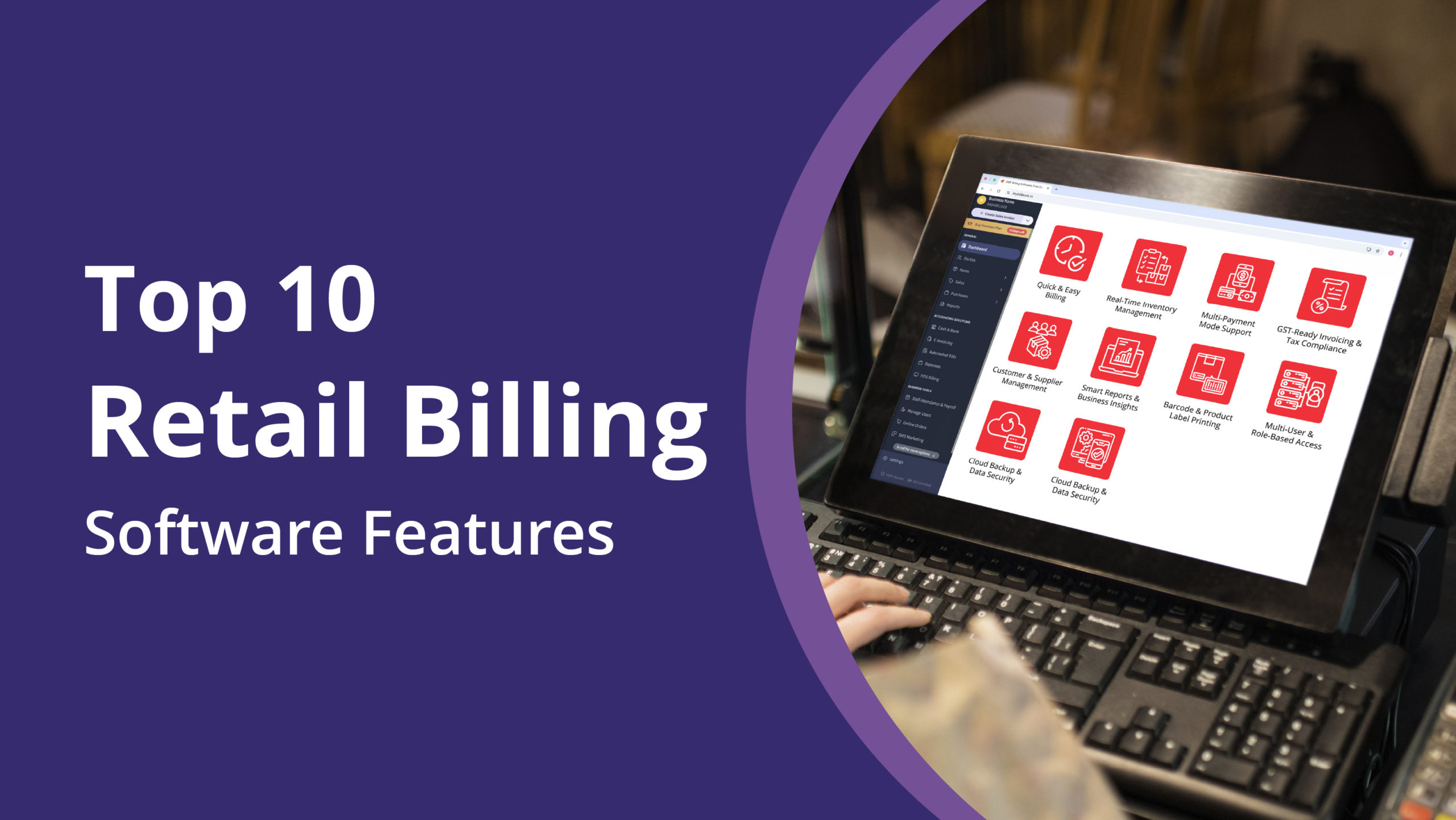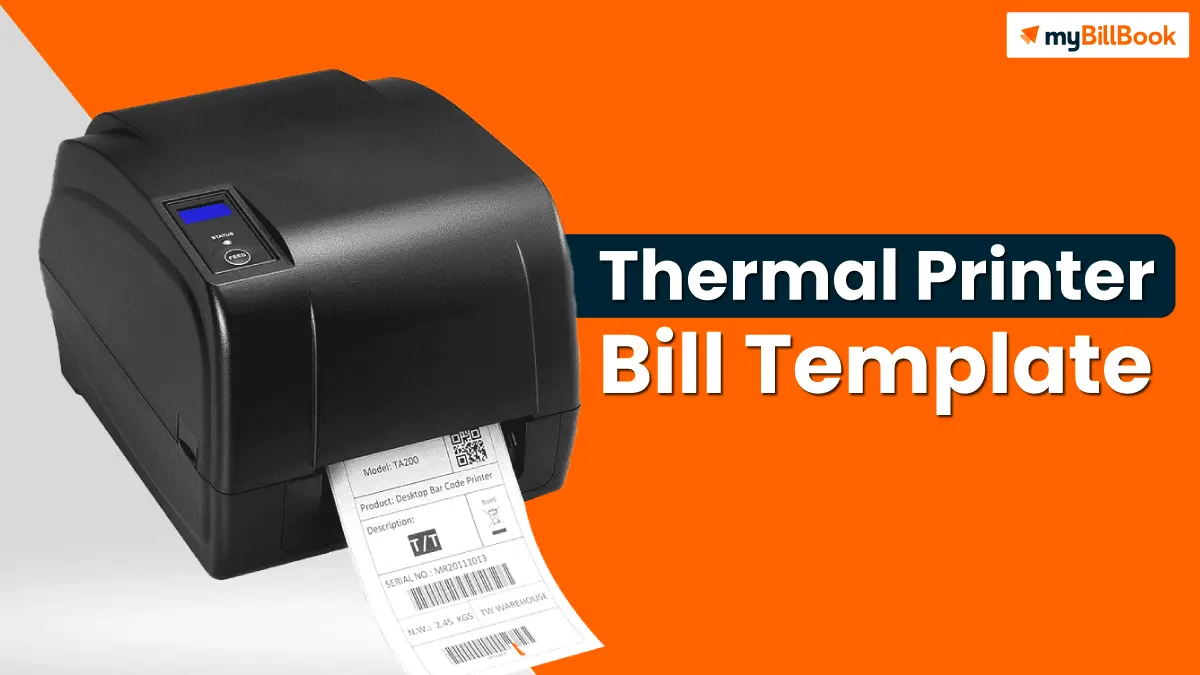Data entry has become fundamental in today’s data-driven world. For instance, data from documents in various formats often need to be retrieved for improved management.
Traditionally, this task has been done by manual transcription. However, the seemingly unstoppable technological advancements have provided a better alternative to this. Optical Character Recognition (OCR) can now perform data entry in a much quicker and time-efficient manner.
This article will use comparative analysis to show which method is the better option. Let’s start by defining both of these methods.
What is Manual Data Entry
As you might have guessed from the name of the process, manual data entry requires you to insert data manually. For example, if the data from a monthly income tax report is to be inserted into a data software, you would have to look at all the numbers and figures and enter them one by one.
 This process sometimes requires a whole team of data entry experts to complete a task within the due time. Also, it requires complete focus so that all the data is entered correctly.
This process sometimes requires a whole team of data entry experts to complete a task within the due time. Also, it requires complete focus so that all the data is entered correctly.
Statistically, manual data entry has an error rate of 1%, which doesn’t seem much, but it can grow exponentially. In order to remove this 1% of mistakes, data inputters often have to spend hours.
What is OCR?
OCR is the name of a character recognition technology. It allows tools and software to recognize and extract data from scanned documents, images, screenshots, etc.
One of the common uses of this technology is in picture to text conversion tools. These tools use OCR to automatically recognize textual data from images and turn it into an editable and copyable form.
Another important application of the OCR is in billing software. OCR enables billing software to automatically read invoices, payment records, or recipients, and extract details such as amounts, dates, etc.
Which Process is More Time-Efficient?
You might have already judged which process takes less time to complete. But still, to be crystal clear, we are going to share a few aspects of data entry and then compare both methods to see which one performs the best.
To determine whether OCR data entry is more time-efficient or not, we will have to explain both methods and compare the results. So, let’s do that.
-
Manual Data Entry
As mentioned before, a large workforce is required to handle the workload effectively. For example, if there are around 100 different documents from which data is to be entered, a team of around 4-5 workers will be required. This team will be able to finish the task in a bunch of hours.

This much time is used because, during manual data entry, a number of different errors can occur. So, to eliminate these errors, data inputters have to review their work multiple times.
-
OCR Data Entry
OCR data entry, on the other hand, is an automated process that requires minimal human interaction. A task that would otherwise require a team of 4-5 people can be done by only a single person with the help of OCR. All he has to do is scan the documents or simply enter the images with data into an OCR-based picture to text converter.
It usually takes only a few seconds to extract editable text from images. After that, only copying and pasting is left, which is almost instantaneous.
- For a better understanding, let us take you through the process of OCR data entry.
As an example, we are going to use this image that contains a bunch of text and convert it into an editable format using a picture to text converting OCR tool.
Our Image:

Here’s the tool’s demonstration:
 Final Verdict: Which Method is More Time-Efficient?
Final Verdict: Which Method is More Time-Efficient?
I think it is pretty evident from all the things that we have said in the above sections that OCR data entry is way more streamlined and time-efficient. And it doesn’t only have time advantages. All the other aspects also prove that it is a much better option in terms of data entry.
So, if you are looking for an effective method for entering document data, then you should definitely consider OCR as an option.








